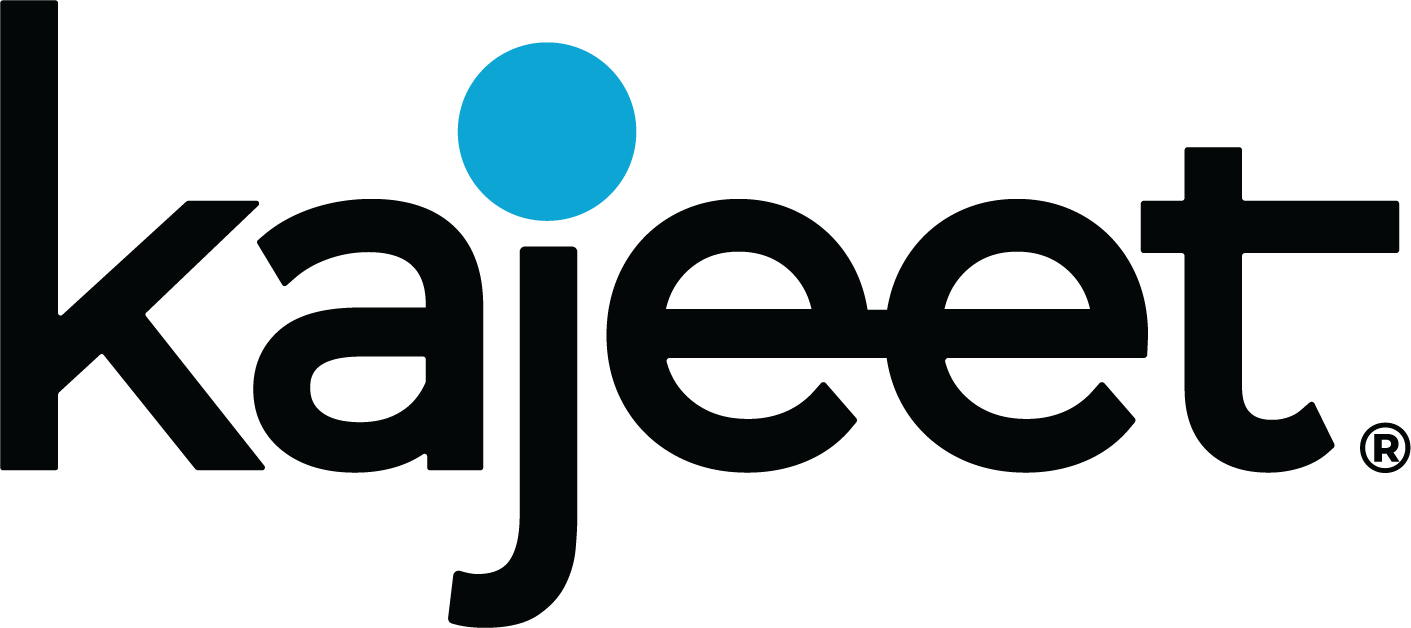There are many struggles for first-generation immigrants to overcome when they move to this country. South Carolina's Richland District Two is hoping to set these families up for success by offering at-home wireless Internet access after school. In a district where innovation is key and technology is incorporated into most aspects of learning, how do you equip students and families who have limited access to technology?
“Bridging the Digital Divide is very important to us. We have a lot of blended learning initiatives, and we want to make sure that ALL our students have access to the tools they need after school.”
Donna Teuber, Team Lead for Technology Integration
While many districts around the country are incorporating 1 to 1 or BYOD programs into their schools, few districts are doing both at the same time – and successfully. Richland's District Two has been committed to integrating technology into the classroom and is just as committed to making sure technology is available to all of their students outside of the classroom as well. According to Donna, equity of access is key to the successful implementation of these programs.
THE PILOT PROJECT
Though most students in Richland Two have their own devices through BYOD or Chromebook loans from the school, there are still some who don't have Internet access at home. By using mapping data, they were able to see which families lacked home Internet access as well as how that impacted their test scores and grades. They identified 25 families, and found these were mostly Hispanic, many of whom were first generation immigrants. “When you're struggling just to pay for rent and food, Internet access doesn't come up high on the list,” says Ron Huff, Richland's Hispanic family liaison.
Currently, 7.5 percent of Richland's population is Hispanic, and that rate is expected to grow to 10 percent in the next 5 years. After identifying the families, Richland Two partnered with Kajeet to offer 25 Kajeet SmartSpot® devices for safe, filtered Internet broadband. Over the summer, Ron's team showed them how to use the Kajeet SmartSpot, and explained that it wasn't just for the kids to get better grades, but also for the entire household to use to access community resources and search for jobs – a benefit for everyone.
“We are able to look at test scores, grades, and graduation rates to measure the results and we've seen some good results so far. Using Kajeet SmartSpots gave these kids avenues to complete all their homework. We even had some students who were able to bring their grades up to honor-roll status from so-so grades.”
Ron Huff, Hispanic Family Liaison, Richland Two
MOVING FORWARD
Through the initial success of Richland Two's pilot partnership with Kajeet, they have increased the next phase of the program to include 100 devices. It has also been expanded to include other ESOL students and those identified by school social workers as having need. “Being able to offer filtered Internet content was key,” says Donna Teuber, and she is very pleased with the outcome of the program. “The Kajeet SmartSpots have been a great way for us to get Internet access into those homes, and from what we are seeing, it is having a tremendous impact!”
THE SOLUTION
The Kajeet Education Broadband solution, featuring the Kajeet SmartSpot a portable Wi-Fi hotspot, combined with the Innovative Sentinel® cloud portal, enables administrators and teachers to provide CIPA-compliant, customizable filtered Internet access that keeps students focused on school work.










